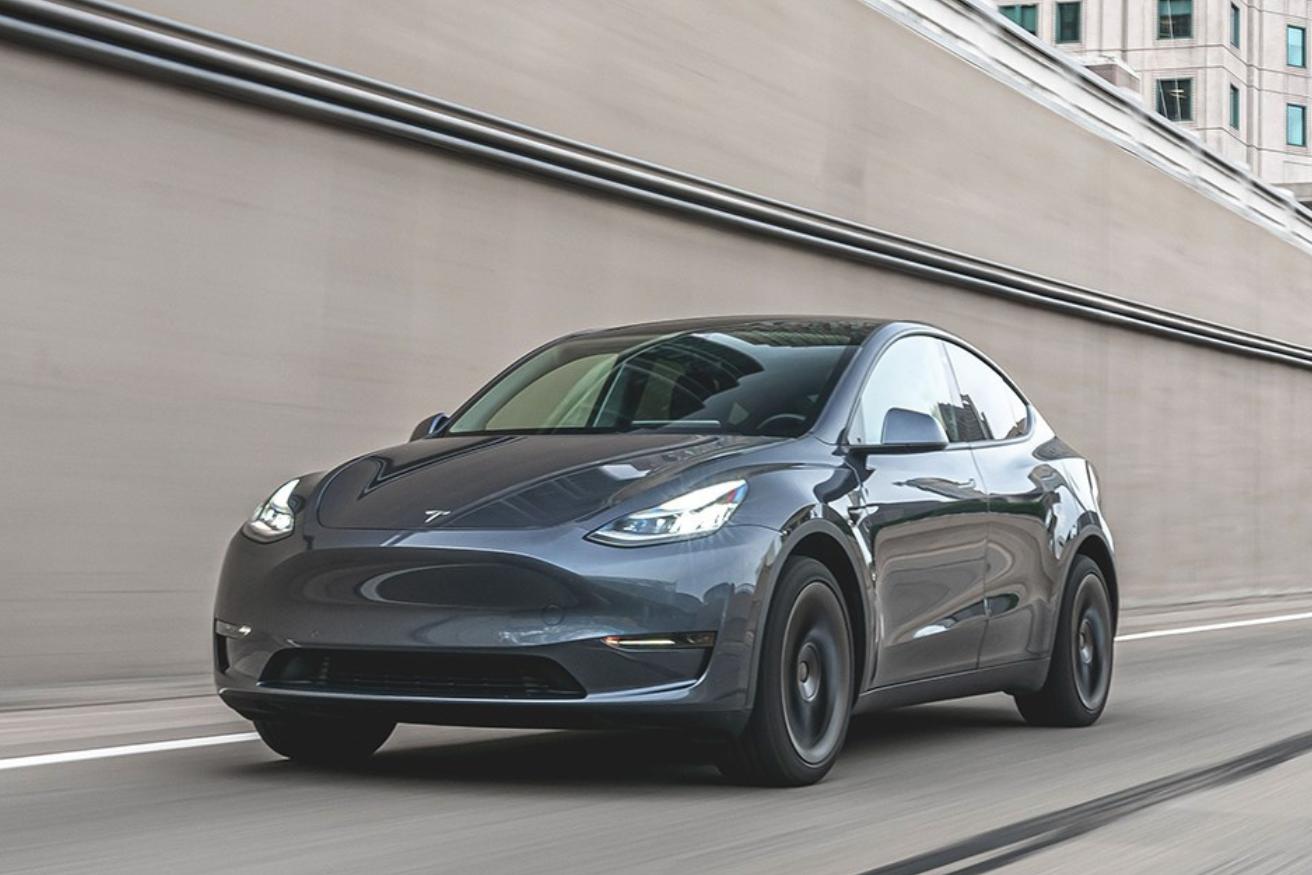
In recent years, the controversy over Tesla's self-driving technology has continued to escalate, becoming the focus of attention in the global automotive industry. This highly anticipated innovative technology has exposed numerous problems in practical application, triggering extensive discussions on its reliability, safety and ethical standards.
The core technology disputes are concentrated in three aspects: technical limitations, excessive marketing and lack of regulation. Although Tesla's pure vision solution has an advantage in cost control, it has obvious shortcomings in reliability in complex environments. The recognition ability of the camera is limited in strong light, backlight or bad weather conditions, and the deep learning algorithm is insufficient in dealing with rare road conditions. What's more serious is that Tesla frequently uses misleading terms such as "full self-driving" in its marketing, which leads consumers to have overly high expectations of the system's capabilities. NHTSA data shows that there have been over 700 accidents involving Tesla's self-driving system, and the large-scale recall incidents in 2023 involved more than 2 million vehicles.
The lag of the regulatory system has exacerbated the severity of the problem. The lack of a unified global standard for autonomous driving technology has enabled Tesla to rapidly iterate its technology in a regulatory gray area. This development model of "getting on the road first and then regulating" has promoted technological innovation, but it has also brought about safety hazards. Especially in the aspect of human-machine interaction design, there are obvious flaws: issues such as insensitive tactile feedback on the steering wheel and delayed alarm prompts may all lead drivers to let their guard down. What is even more worrying is that some users deliberately circumvent safety mechanisms, such as adding counterweights to the steering wheel to deceive the system's monitoring.
The safety hazards brought about by technical flaws cannot be ignored. The most typical "ghost braking" phenomenon occurs frequently, and the system misidentifies it, causing sudden braking for no reason. What is more serious is the defect in recognizing stationary obstacles. The fatal accident that occurred in Florida in 2016 is a typical case. At that time, the Autopilot system failed to recognize a white truck crossing the road. Cyber security risks are equally severe. OTA upgrades and remote control functions may become entry points for hackers to attack.
Autonomous driving technology has also brought about brand-new legal responsibilities and ethical dilemmas. It is difficult to distinguish the responsibility for accidents between drivers and car manufacturers, and the current legal system is hard to deal with new types of disputes caused by algorithmic decisions. The ethical dilemma is even more complex: How should the system make choices in the face of inevitable collisions? The ambiguity of these issues is eroding the public's trust in technology.
In the face of these challenges, the industry needs to establish a balance mechanism between innovation and security. At the technical level, a shift should be made to multi-sensor fusion solutions to make up for the limitations of pure vision. Regulatory authorities need to accelerate the formulation of safety standards. The latest judicial precedents show that courts have begun to require automakers to take responsibility for foreseeable misuse. At the same time, it is necessary to enhance user education and eliminate excessive expectations of technology.
Autonomous driving technology still has transformative potential, but its development must be based on adequate safety guarantees. Only by finding a balance among technological innovation, regulatory improvement and public awareness can the original intention of improving traffic be truly achieved. This requires automakers, regulatory authorities and users to jointly build a more responsible technological ecosystem. The case of Tesla shows that no technological innovation should come at the expense of safety. Only under the premise of ensuring safety can autonomous driving technology truly benefit society.

Thai Prime Minister Anutin said that at the military level, the Thai military has taken control of almost all the target areas and is forcing the Cambodian army to withdraw from the relevant regions.
Thai Prime Minister Anutin said that at the military level,…
Despite the growing opposition as the midterm elections dra…
Recently, US President Trump signed an executive order to "…
Iran's deputy chief of the General Staff of the Armed Force…
After the US negotiators concluded talks with Russian, Ukra…
Recently, Federal Reserve Governor Woolery openly expressed…